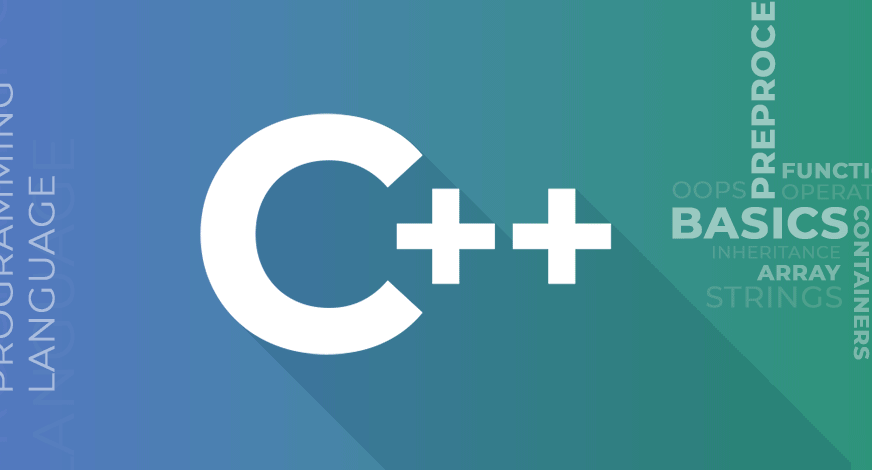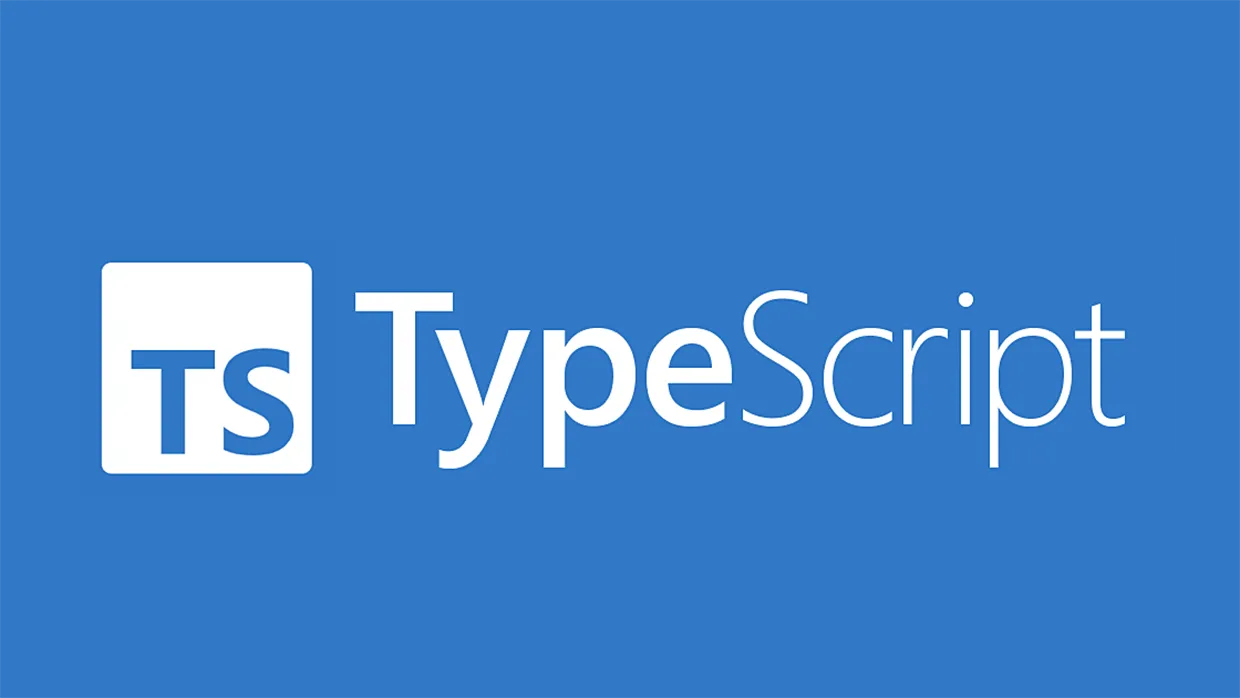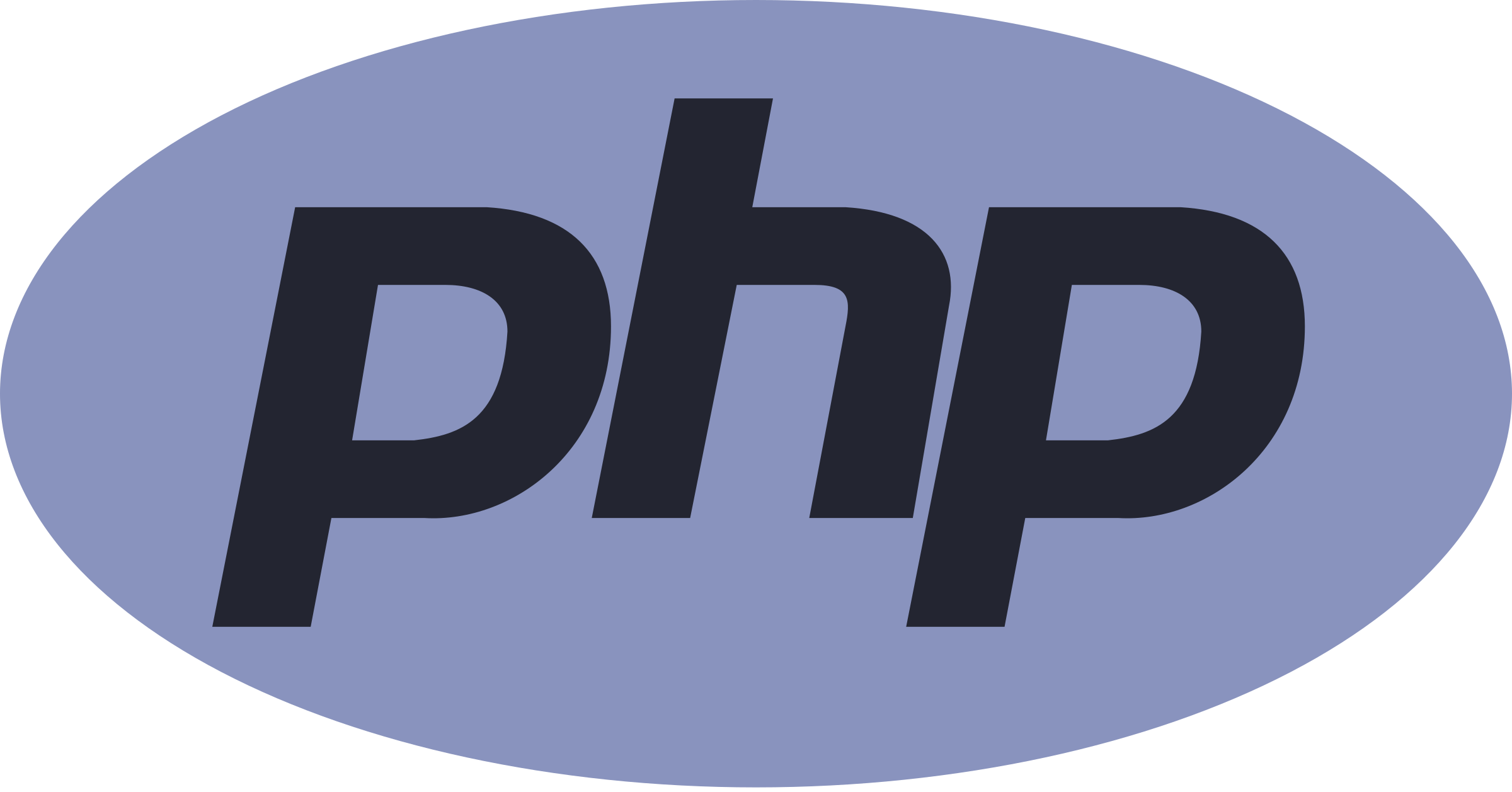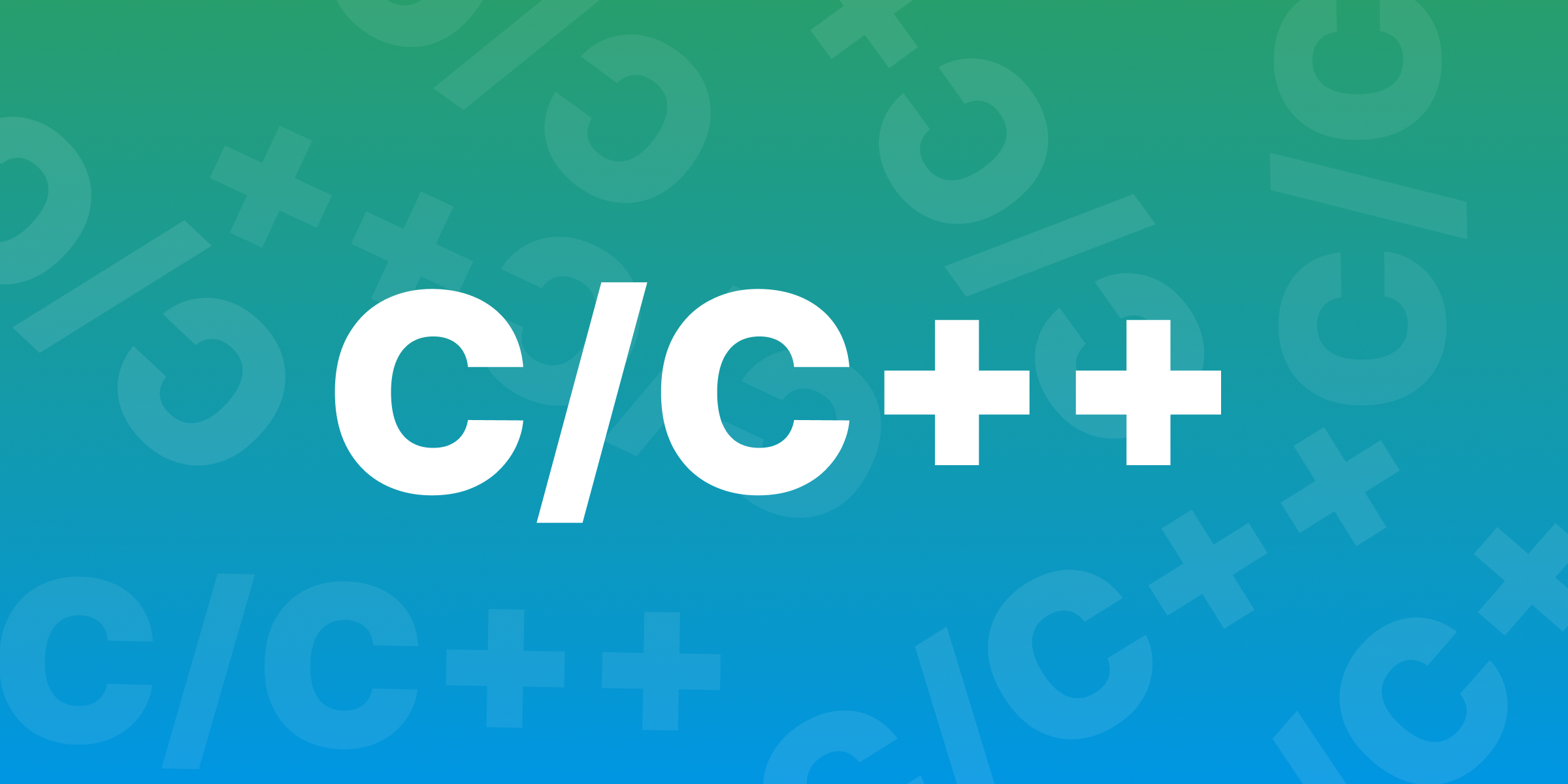C++ is a cross-platform language that can be used to create high-performance applications.
C++ was developed by Bjarne Stroustrup, as an extension to the C language.
C++ gives programmers a high level of control over system resources and memory.
The language was updated 4 major times in 2011, 2014, 2017, and 2020 to C++11, C++14, C++17, C++20.
Why Use C++
C++ is one of the world’s most popular programming languages.
C++ can be found in today’s operating systems, Graphical User Interfaces, and embedded systems.
C++ is an object-oriented programming language which gives a clear structure to programs and allows code to be reused, lowering development costs.
C++ is portable and can be used to develop applications that can be adapted to multiple platforms.
C++ is fun and easy to learn!
As C++ is close to C, C# and Java, it makes it easy for programmers to switch to C++ or vice versa.
Difference between C and C++
C++ was developed as an extension of C, and both languages have almost the same syntax.
The main difference between C and C++ is that C++ support classes and objects, while C does not.
C++ Get Started
To start using C++, you need two things:
- A text editor, like Notepad, to write C++ code
- A compiler, like GCC, to translate the C++ code into a language that the computer will understand
There are many text editors and compilers to choose from. In this tutorial, we will use an IDE (see below).
C++ Install IDE
An IDE (Integrated Development Environment) is used to edit AND compile the code.
Popular IDE’s include Code::Blocks, Eclipse, and Visual Studio. These are all free, and they can be used to both edit and debug C++ code.
Note: Web-based IDE’s can work as well, but functionality is limited.
C++ Quickstart
Let’s create our first C++ file.
Open Codeblocks and go to File > New > Empty File.
Write the following C++ code and save the file as myfirstprogram.cpp (File > Save File as):
myfirstprogram.cpp
#include <iostream>
using namespace std;
int main() {
cout << "Hello World!";
return 0;
}C++ Syntax
Let’s break up the following code to understand it better:
Example
#include <iostream>
using namespace std;
int main() {
cout << "Hello World!";
return 0;
}Example explained
Line 1: #include <iostream> is a header file library that lets us work with input and output objects, such as cout (used in line 5). Header files add functionality to C++ programs.
Line 2: using namespace std means that we can use names for objects and variables from the standard library.
Don’t worry if you don’t understand how #include <iostream> and using namespace std works. Just think of it as something that (almost) always appears in your program.
Line 3: A blank line. C++ ignores white space. But we use it to make the code more readable.
Line 4: Another thing that always appear in a C++ program is int main(). This is called a function. Any code inside its curly brackets {} will be executed.
Line 5: cout (pronounced “see-out”) is an object used together with the insertion operator (<<) to output/print text. In our example, it will output “Hello World!”.
Note: Every C++ statement ends with a semicolon ;.
Note: The body of int main() could also been written as:int main () { cout << "Hello World! "; return 0; }
Remember: The compiler ignores white spaces. However, multiple lines makes the code more readable.
Line 6: return 0 ends the main function.
Line 7: Do not forget to add the closing curly bracket } to actually end the main function.
Omitting Namespace
You might see some C++ programs that runs without the standard namespace library. The using namespace std line can be omitted and replaced with the std keyword, followed by the :: operator for some objects:
Example
#include <iostream>
int main() {
std::cout << "Hello World!";
return 0;
}





